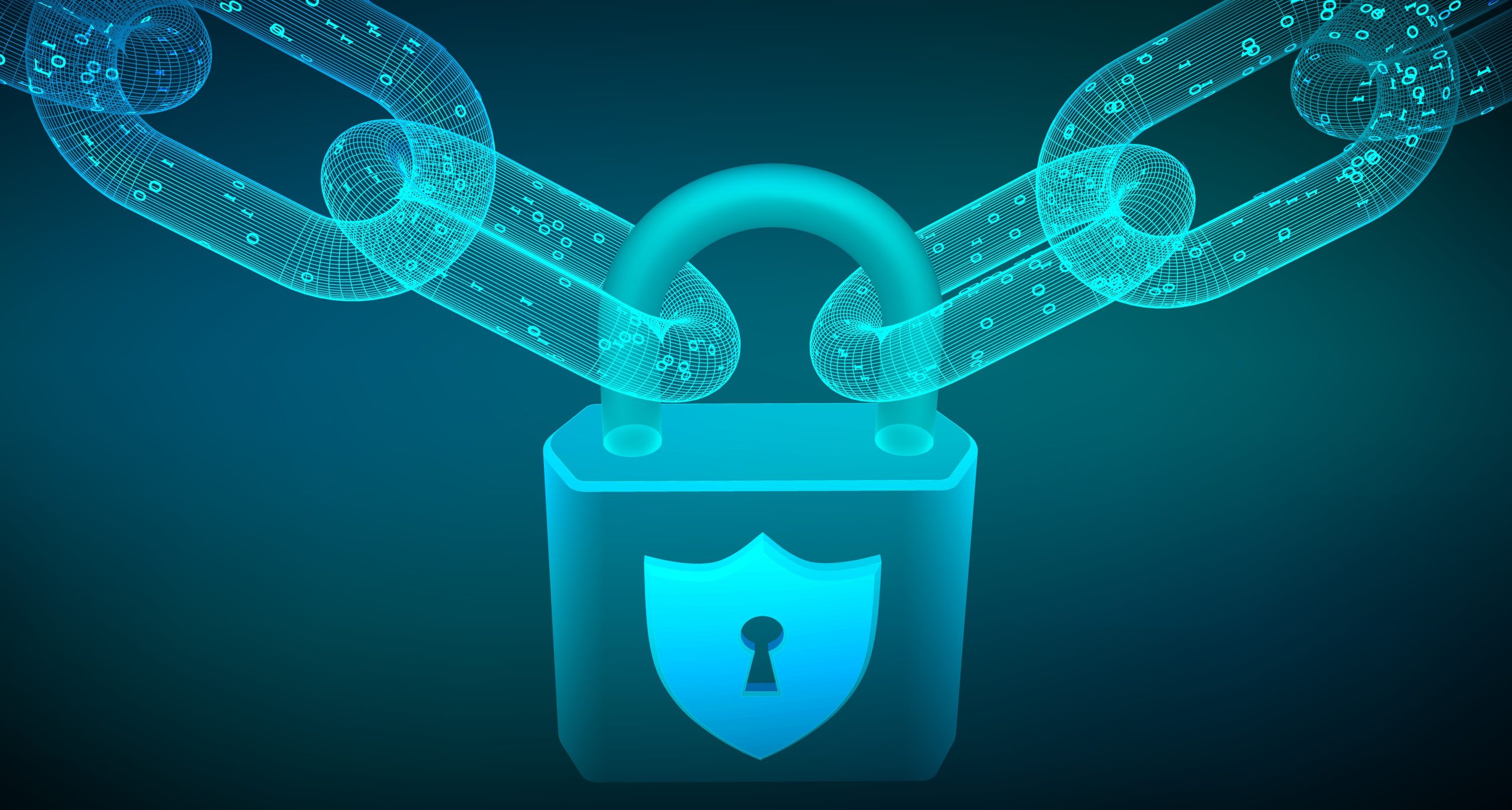Blockchain technology has emerged as a transformative force, revolutionizing industries from finance to healthcare with its decentralized and transparent approach. However, the security of blockchain systems is crucial for maintaining trust and preventing exploitation. In this article, we delve into the intricacies of blockchain security, exploring its inherent strengths, potential vulnerabilities, and measures to safeguard this groundbreaking technology.
Table of Contents
- Understanding Blockchain Security
- What Makes Blockchain Secure?
- Core Components of Blockchain Security
- Key Security Features
- Decentralization
- Cryptographic Hashing
- Immutability
- Potential Vulnerabilities in Blockchain
- 51% Attacks
- Sybil Attacks
- Smart Contract Exploits
- Best Practices for Ensuring Blockchain Security
- Robust Consensus Mechanisms
- Regular Auditing and Testing
- Multi-Layered Security Protocols
- Applications of Blockchain Security
- Securing Financial Transactions
- Enhancing Data Privacy in Healthcare
- Supply Chain Integrity
- The Future of Blockchain Security
1. Understanding Blockchain Security
What Makes Blockchain Secure?
Blockchain technology operates on a decentralized network of nodes, making it resistant to centralized points of failure. Its security relies on consensus mechanisms, cryptographic algorithms, and peer-to-peer verification, ensuring that transactions are transparent and tamper-proof.
Core Components of Blockchain Security
- Consensus Mechanisms: These protocols (e.g., Proof of Work, Proof of Stake) validate and confirm transactions, ensuring network integrity.
- Cryptography: Advanced cryptographic techniques secure data, ensuring that information is accessible only to authorized parties.
- Decentralization: The distributed nature of blockchain eliminates single points of failure, enhancing security.
2. Key Security Features
Decentralization
In a blockchain network, data is stored across multiple nodes, reducing the risk of data breaches or system failures. This decentralized approach ensures that no single entity can control or manipulate the network.
Cryptographic Hashing
Blockchain uses cryptographic hash functions to secure data. Each block contains a unique hash, linking it to the previous block. Any alteration disrupts the chain, making tampering easily detectable.
Immutability
Once data is recorded on a blockchain, it cannot be altered or deleted. This immutability provides a reliable record of transactions and enhances trust among participants.
3. Potential Vulnerabilities in Blockchain
51% Attacks
A 51% attack occurs when a malicious entity gains control of more than half of the network’s computational power, enabling them to manipulate transactions or double-spend cryptocurrency. While rare, these attacks highlight the need for robust consensus mechanisms.
Sybil Attacks
In a Sybil attack, a single attacker creates multiple fake identities to gain undue influence over the network. Effective node verification processes are essential to counteract this threat.
Smart Contract Exploits
Smart contracts, though automated and efficient, can have coding vulnerabilities that hackers exploit. Rigorous testing and auditing are vital to ensure their security.
4. Best Practices for Ensuring Blockchain Security
Robust Consensus Mechanisms
Choosing the right consensus mechanism, such as Proof of Stake (PoS) or Delegated Proof of Stake (DPoS), can significantly enhance network security. These mechanisms prevent malicious actors from easily taking control of the network.
Regular Auditing and Testing
Regular audits and penetration testing help identify and address vulnerabilities in blockchain systems, reducing the risk of exploitation.
Multi-Layered Security Protocols
Implementing multi-layered security protocols, including encryption, firewalls, and intrusion detection systems, adds extra protection against potential threats.
5. Applications of Blockchain Security
Securing Financial Transactions
Blockchain’s transparency and immutability make it ideal for securing financial transactions. Cryptographic measures ensure the authenticity and confidentiality of payments.
Enhancing Data Privacy in Healthcare
Blockchain enables secure storage and sharing of sensitive medical data. Patients retain control over their information while preventing unauthorized access.
Supply Chain Integrity
Blockchain provides end-to-end traceability in supply chains, reducing fraud and ensuring the authenticity of goods.
6. The Future of Blockchain Security
As blockchain technology evolves, so do the threats it faces. Emerging solutions like quantum-resistant cryptography, zero-knowledge proofs, and advanced consensus mechanisms hold promise for addressing future security challenges. Continuous innovation and collaboration among stakeholders will be key to maintaining blockchain’s security and reliability.



